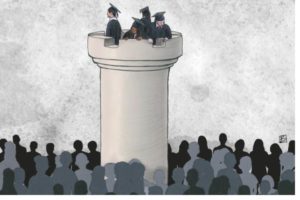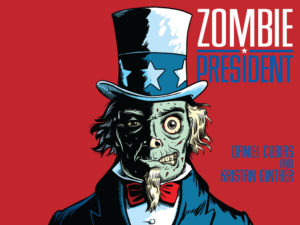We’ve heard a lot of shouting about “safe spaces,” and how liberal college students across America are pampered little snowflakes who crumble at the slightest sign of conflict… while simultaneously being violent thugs who will gladly pummel the first conservative they see.
Yes, like a lot of conservative tropes, this one relies on contradictory oversimplifications.
In any case, right-wingers are clearly not fans of higher education — or, it could be argued, of education in general.
Damn that ivory tower.
However, for those conservatives who still value learning, knowledge, and non-alternative facts, there is good news.
A recent study has shown that there is a way to improve the effectiveness of elementary school education. Grade schools that possess one specific trait tend to have more productive students.
Yes, it turns out that the best way to make a campus safer for its students is to embrace that most feared of liberal schemes: Diversity.
You see, the study found that kids “who attend racially diverse schools feel safer, less lonely and less picked on than their peers at more homogenous schools.” And by the way, this was true of all kids, including the white ones.
The researchers say that the emotional well-being of children “is important because their state of mind affects their ability to learn” and that “if you’re afraid in school, you’re not even going to raise your hand in class.”
This makes sense, of course. But the news that racial diversity is good for all kids — not just ethnic minorities — is bound to upset some people, sort of like the fact that racially diverse movies tend to be bigger hits (which is true, by the way).
In any case, by embracing racial diversity in education, we can do what’s right for kids while acknowledging a simple fact about changing demographics — a double whammy of societal goodness.
Wow, it’s never that easy. So let’s savor this one.








